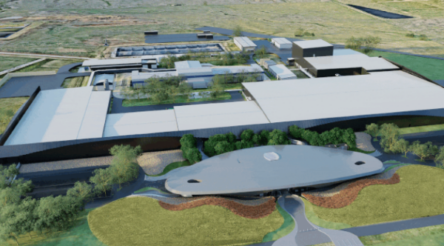IoT missing in action in DXC digital transformation study

By Stuart Corner of IoT Australia
DXC Technology has published a study Beyond Disruption: Australian organisations race to digital transformation success. It underestimates the role of IoT in digital disruption.
To produce the report DXC’s Australian subsidiary, Telsyte, surveyed 447 business and IT decision makers across Australian organisations to gather their views on the impacts and opportunities of digital disruption.
The paper contends: “As we approach 2020, new cloud, 5G, Internet of Things (IoT) and customer experience technologies are set to drive digital transformation even further.”
5G will certainly have a significant role to play in digital transformation but its role will be minimal until at least 2021: network coverage will be limited as will devices and applications.
However IoT, in all its manifestations, will, and already is, playing a significant role in digital transformations.
I was therefore very surprised to see that the only consideration given to IoT in the study is to lump it with 5G and ask questions about “5G and cellular IoT.”
Sixty five percent of respondents said they were already investing in, or considering investing in 5G and cellular IoT “driven by the need to analyse real-time data and develop new business models,” the report said.
“Examples of opportunities include logistics companies tracking and optimising their deliveries, businesses, automatically replenishing customer stock levels and farms attaching IoT devices to cattle to track herd movements.”
It will be quite some time before we see 5G reaching rural areas and many farmers today are using technologies other than “cellular IoT” for their IoT applications because they are beyond even today’s cellular networks.”
But those are the least of my concerns. Cellular connectivity is but one option to provide the connectivity needed for IoT. There are many others: LoRaWAN, Sigfox, Taggle, fixed networks, WiFi and other short range wireless technologies.
The choice depends on location, availability and application requirements such as data volumes and power.
IoT’s key role in digital transformation
None of these are key to the role of IoT in digital transformation. What’s important is the data provided and how it is used. There’s no end of authoritative views on this.
For example Michele Pelino, principal analyst at Forrester, wrote: “Business stakeholders and CIOs in both B2B and B2C environments are planning and deploying IoT solutions to power digital transformation initiatives to revolutionise customer relationships, enhance operations, and differentiate products.”
Back in 2017, IDC said its study of 2,300 executives across 15 countries, found 48 percent of decision makers had already deployed IoT solutions within their organisations, and another 58 percent indicated that IoT was central to their business strategies.
Also in 2017, Frost & Sullivan proclaimed: ”IoT is the spark that lights the digital transformation fuse.”
So, IoT is central to digital transformation but the DXC study failed to gain any insights into the role of IoT in the digital transformation plans of Australian organisations.
I asked Telsyte CEO Foad Fadaghi why the study had limited its investigation of the role of IoT in digital transformation to “Cellular IoT” and then lumped that in with 5G. He replied: “We are releasing our standalone IoT studies (enterprise and consumer) separately over the next few weeks.”
Fair enough and I shall look forward to what they have to say, but that does not excuse limiting questions about IoT to cellular connectivity if you are trying to gather the views of Australian decision-makers on the impacts and opportunities of digital disruption.
A couple of questions on respondents’ current use of IoT and on how they view it as a component of digital transformation would have done the job.
Stuart Corner is editor of Iot Australia
Subscribe to our free @AuManufacturing newsletter here.
Topics Manufacturing News Technology
@aumanufacturing Sections
Analysis and Commentary Awards Defence Manufacturing News Podcast Technology Videos










